Achaemenid Empire (550–330 BCE)
The Achaemenid Empire: The First Global Superpower of the Ancient World
The Achaemenid Empire (550–330 BCE) was one of the largest and most influential empires in history. It was founded by Cyrus the Great and extended across three continents, covering regions of modern-day Iran, Iraq, Egypt, Turkey, parts of Greece, Central Asia, and even India. Known for its remarkable administrative efficiency, cultural diversity, and innovative governance, the Achaemenid Empire became a model for later empires.
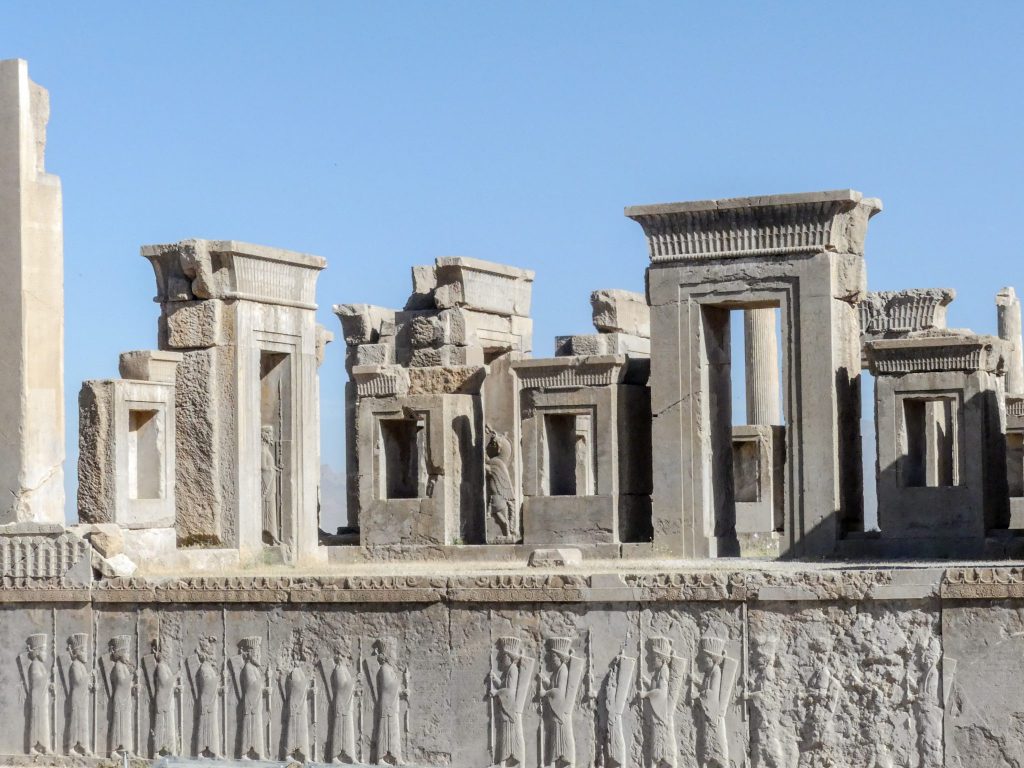
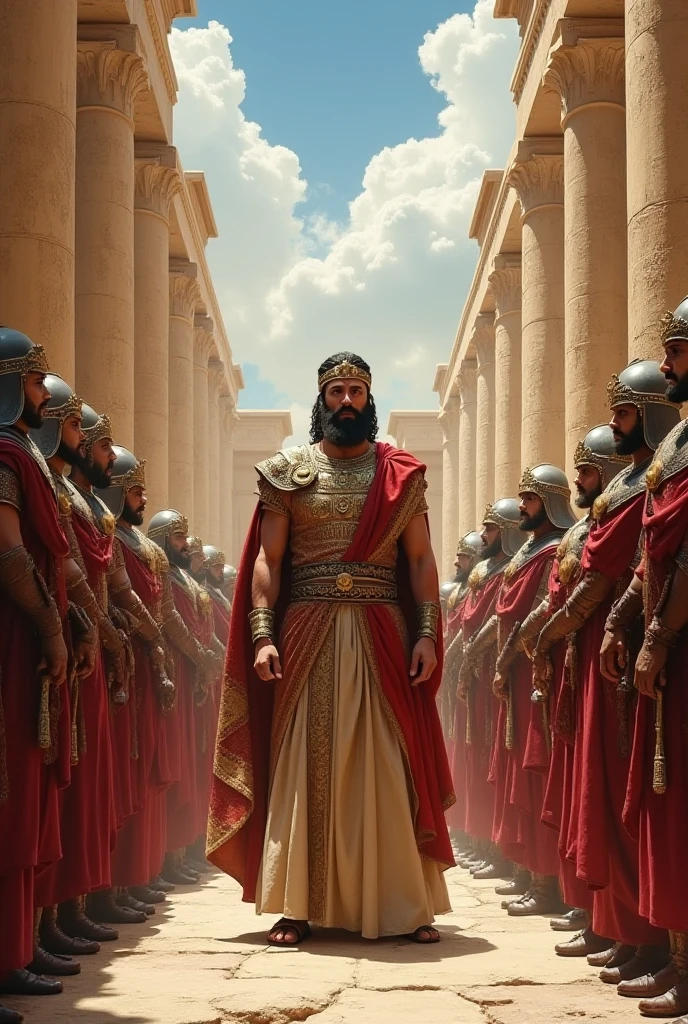
Foundation and Expansion
- The empire began with Cyrus II (Cyrus the Great), who defeated the Median king Astyages in 550 BCE.
- He conquered Lydia (546 BCE), the Neo-Babylonian Empire (539 BCE), and extended his domain to Central Asia.
- Cyrus is remembered not only as a military genius but also as a benevolent ruler, especially for his policies of tolerance, such as the liberation of the Jews from
- Babylonian captivity.
- Cambyses II (530–522 BCE):
- Cyrus’s son, Cambyses II, expanded the empire further by conquering Egypt in 525 BCE.
- Darius I (522–486 BCE):
- Darius the Great is credited with organizing and consolidating the empire, creating its famous administrative system. He also extended the empire to the Indus Valley in the east and Thrace in the west.

Governance
- The empire was divided into satrapies (provinces), each governed by a satrap (governor) who reported directly to the king.
- Darius I introduced a tax system, standardized weights and measures, and a common currency (the daric coin).
- Royal inspectors, known as the “King’s Eyes and Ears,” ensured loyalty and efficiency across the empire.
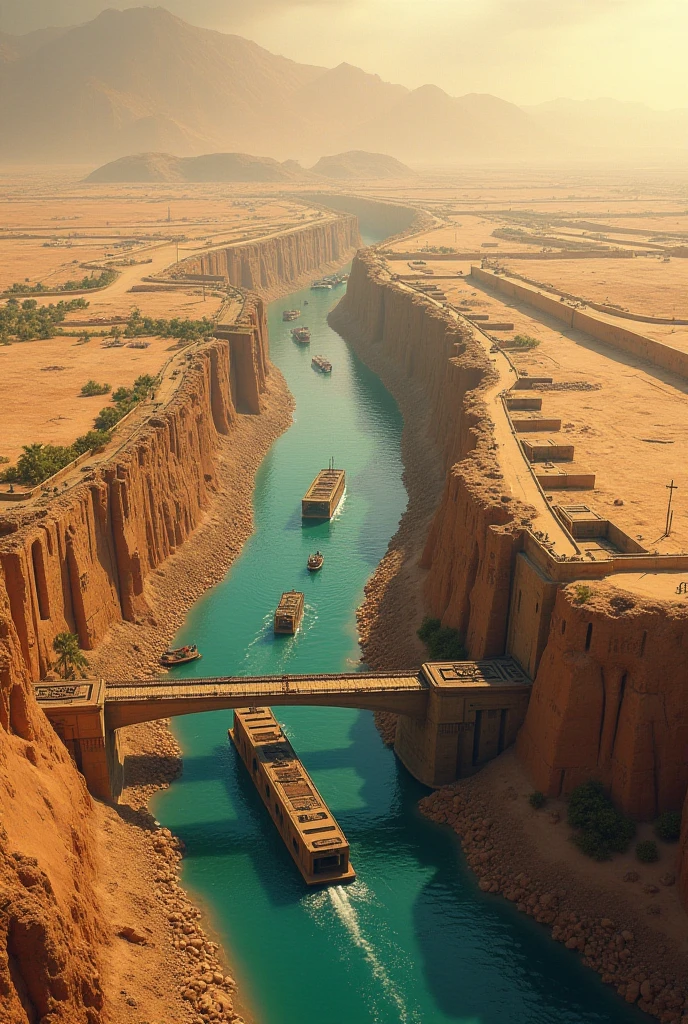
Infrastructure and Innovations
- Royal Road:
- A vast network of roads, with the Royal Road connecting Susa to Sardis, facilitated communication and trade across the empire.
- Post stations along these roads allowed for rapid transmission of messages.
- Persepolis:
- The ceremonial capital, Persepolis, symbolized the grandeur of the empire, with its magnificent palaces, reliefs, and inscriptions.
- Canal between the Nile and the Red Sea:
- Darius I completed this ambitious project to enhance trade and connectivity.
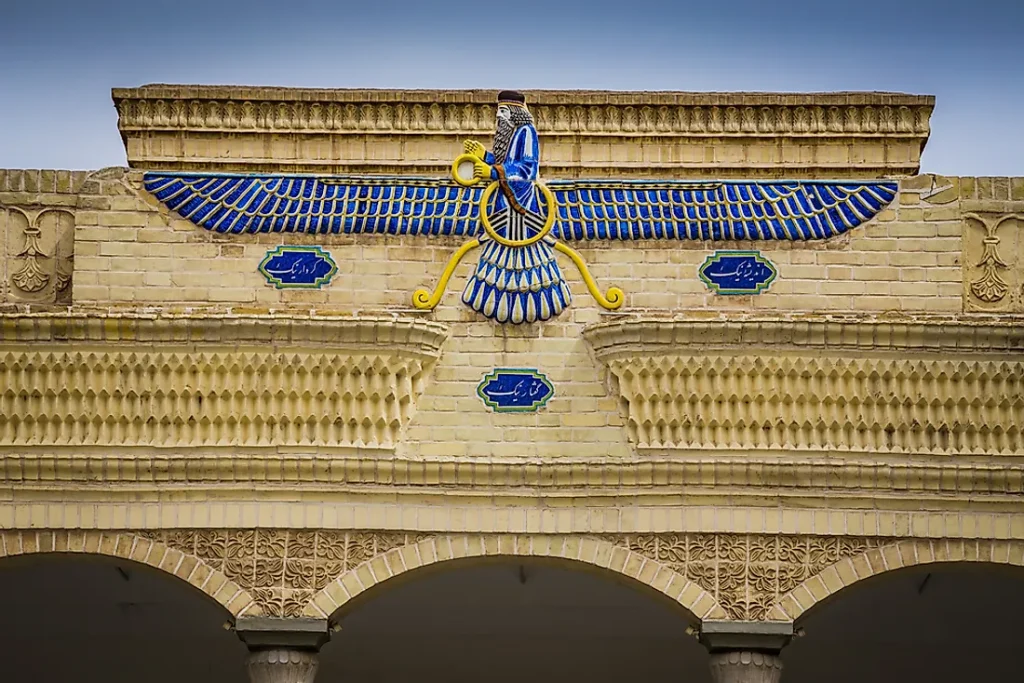
Religion
- The Achaemenids practiced Zoroastrianism, which emphasized principles like truth, order (asha), and the constant struggle between good and evil.
- They respected the religions of their subjects, often supporting local temples and traditions.

Cultural Tolerance and Administration
- The Achaemenid kings allowed subject peoples to maintain their customs, religions, and local governance, fostering loyalty among diverse populations.
- The Cyrus Cylinder is often regarded as one of the earliest declarations of human rights.
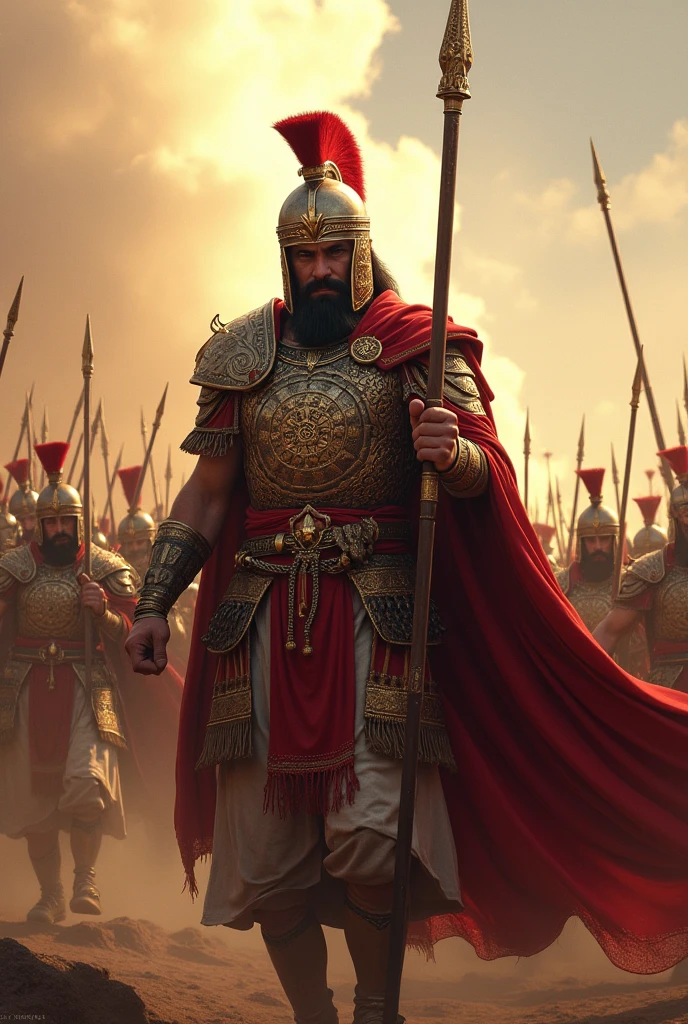
Military Strength
- The Achaemenid military was vast and diverse, incorporating soldiers from all parts of the empire.
- The elite Immortals, a group of 10,000 soldiers, formed the backbone of their army.
- Naval forces, especially under Xerxes I, played a significant role in their wars with Greece.
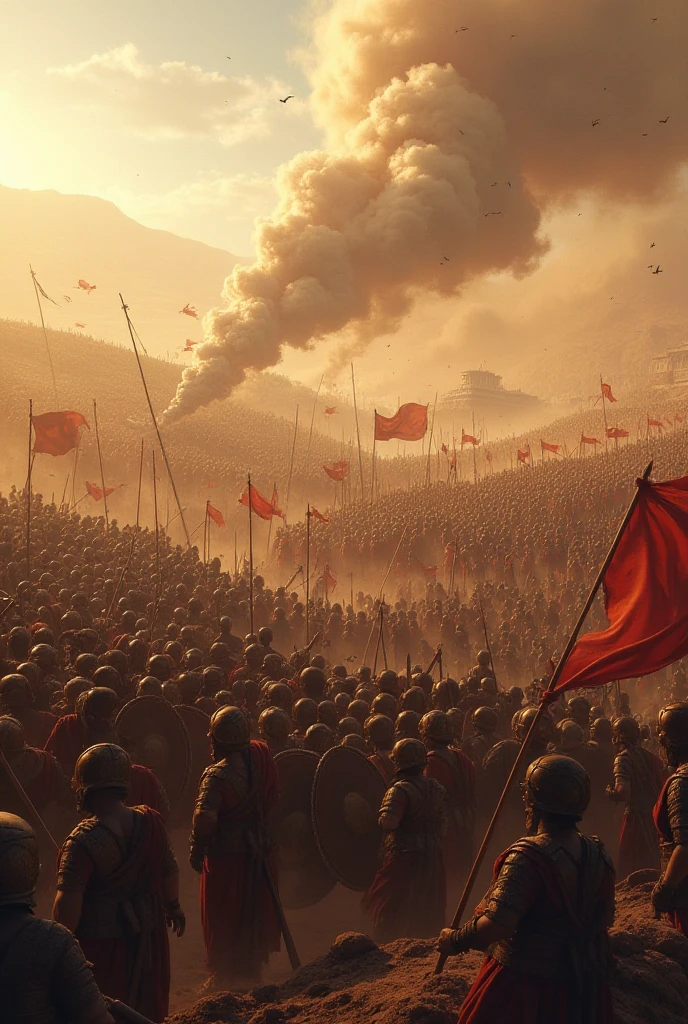
Relations with Greece
- The Achaemenids clashed with Greek city-states during the Persian Wars (499–449 BCE).
- Key events include Darius I’s defeat at the Battle of Marathon (490 BCE) and Xerxes I’s campaigns, including the famous battles of Thermopylae, Salamis, and Plataea.
- Despite these conflicts, Persian influence significantly shaped Greek culture, especially in art and architecture.
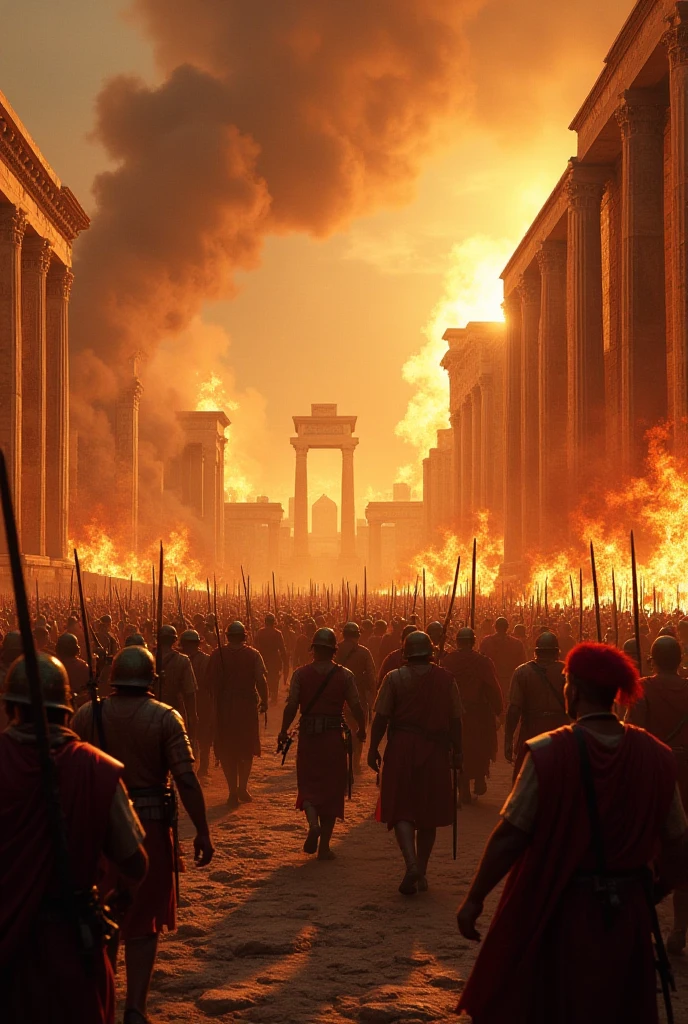
Fall of the Empire
- The empire began to decline after the rule of Darius III, who faced the invasion of Alexander the Great.
- In 330 BCE, Alexander defeated the Achaemenids, sacking Persepolis and effectively ending the empire.
- Administrative Models
Its governance system influenced subsequent empires, including the Seleucid, Parthian, and Sassanid empires, as well as the Roman Empire.
( Legacy of the Achaemenid Empire )
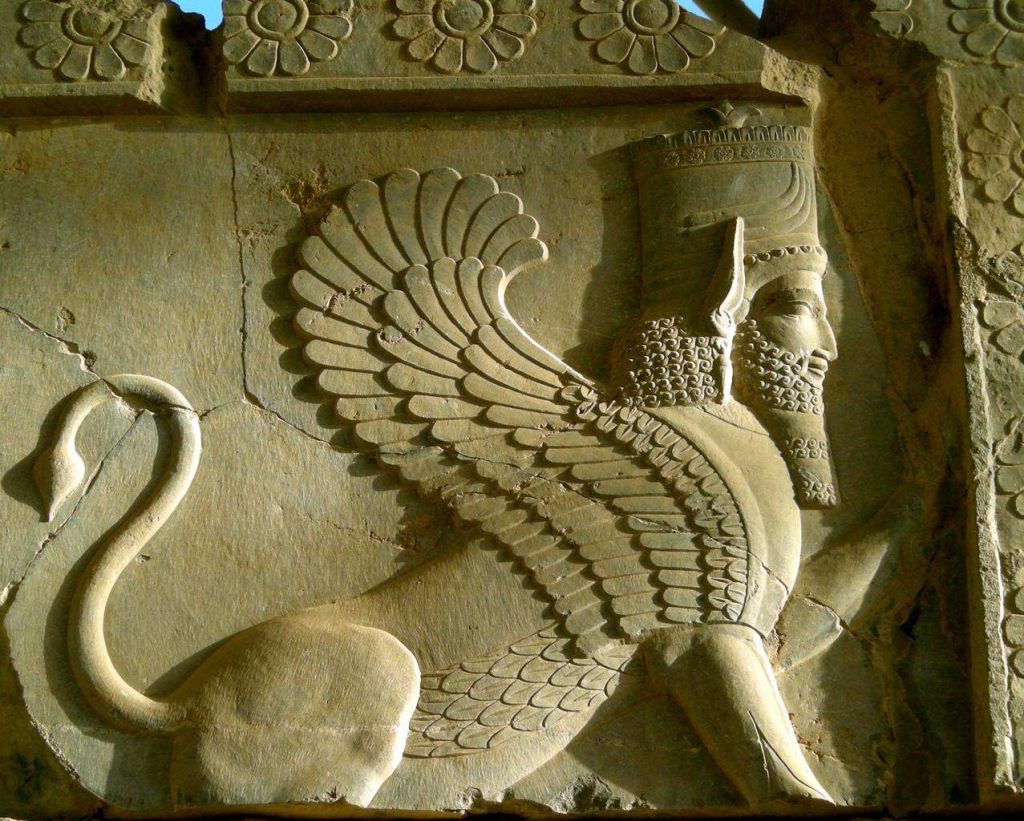
- Human Rights and Diplomacy:
The principles of tolerance and governance practiced by the Achaemenids continue to be admired today.
- Cultural Exchange
The empire served as a bridge between East and West, facilitating the exchange of ideas, goods, and technologies.
